Last Updated on July 27, 2021

READ OUR SWAMP THING REVIEW HERE
I vaguely remember watching at a very young age, the first SWAMP THING, directed by Wes Craven. I was very impressed with Adrienne Barbeau, as was my dad. And the character of Swamp Thing was a unique and fascinating monster vs. man idea that while not one of my favorite Craven films, was still a fun watch. Throughout the years, the character has returned every so often, including a few years as a television series on the USA Network. If you haven’t seen the series, you now have the opportunity to see the first two seasons. Uncut and in the order they were meant to be seen.
I recently got to chat with the legendary Dick Durock. The man behind the monster, who portrayed him in both films and the television show. This actor turned stuntman was able to do good work as this plant beast who longs to be human again. After all, very few movie monsters have as much dialogue and screen time as this guy did, while wearing that damn plant suit. While talking to him, I felt very comfortable talking about the series and of course the features. He is an incredibly down to earth guy and a pleasure to chat with, so for that… I say go pick up SWAMP THING Season One and Two this coming January 22nd at your nearest video store. It’s an odd mix of family viewing and monsters. GRRRR!

Could you tell me a little bit about your early years in Hollywood, before SWAMP THING? Your work as a stuntman?
Well, you know, I always knew, don’t ask me for any reasons or why, but I always knew I was going to be in the movie business. I had no idea in what capacity. Was born in South Bend, Indiana. I just knew. No outside influences at all. One day I just jumped in my old Studebaker and drove out to California. And that was in the early Sixties. About Sixty-five I guess. And I met a guy after a few months starving to death. I met a guy, who knew a guy, who knew a stuntman. We got together and he introduced me to a guy who had a gym in Santa Monica where all the stuntmen worked out. He said, ‘Come on down, I’ll introduce you to some guys…’ and blah, blah, blah. So it kind of transitioned from there. It was just a gym where the guys worked out and a couple of them took a liking to me. And I was an unusual size, you know, six foot five, and that’s tall for a stuntman and there wasn’t a heck of a lot of competition. So I started working out, and after a year and a half of working here and there, here and there, my mentor, got me a job on “Lost In Space” at Twentieth Century Fox doubling Guy Williams who was the lead in the show. And that’s how it started. My second job was “Star Trek” believe it or not, I played some kind of alien guy, you know. My size helped and I’m pretty athletic, you know… I’ve doubled guys along the way, you know, Jack Palance, Buddy Ebsen and Max Baer in “The Beverly Hillbillys”. But eventually, directors started asking for me. I worked like a house painter, ‘why don’t we get Dick to play this heavy.’, ‘then we don’t have to double him, he could say a couple lines and throw him out the window or into a car or shoot him, or whatever.’ It was good for them and it was good for me.
So you ended up, kind of through your work as a stuntman, you ended up as an actor…?
I’m still a stuntman though. A stuntman might say a couple lines but still, you’re going to be down the steps and out the window. [Laughing] You don’t have to call in another stuntman.
Now, you did several major television shows. One or two lines here and there. How did SWAMP THING come about for you?
Well, it’s funny… it was by recommendation and I’m still not quite sure who did the recommending. But yeah, I worked like a house painter and they were like why don’t we get Durock to do this, he’s the right size. And SWAMP THING, as it turned out, a typical monster type thing. They needed a big guy. And again, there weren’t too many guys my size in the business, maybe two or three others. Anyhow, I was called in to meet Wes Craven who directed this film, a very nice man by the way. And we got along, and he gave me the script and said here, read it. And he got back to me after that and he said, ‘well, what are your thoughts?’ and I said it’s not gonna work, the way they want to shoot it. Which was, they wanted to put me in the suit and have me do all the long shots and do the fights and blah, blah, blah. And then they’d cut to the actor who was Ray Wise, who played Alec Holland, in the tight shots for all the dialogue scenes and blah, blah, blah. I ended up with the experience by then to know that it won’t work, you can’t go from a full shot, to a head shot. It’ll drive the audience crazy and it doesn’t work. So I got back together with Wes and he said what do you think, and I said, ‘Wes, I don’t think this is going to work, the way they think it’s going to be.’ and he said, ‘yep, you know it and I know it. So what you better do, is prepare to do the whole thing.’ Which was learn all the dialogue, which was a ton of and I wasn’t used to that. Just be prepared to do the whole thing. Well the producers were so cut out to use the actor for the close ups but Wes convinced them to do a make-up test. Identical make-up, side by side, same make-up people and it was a totally different look. And he finally convinced them to say, ‘well you’re right.’
Were you familiar with Wes’ earlier work at all?
You know, not really. Not really.

At the time, SWAMP THING was a rare thing because there weren’t that many comic book movies like there are today. Were you a little nervous about getting typecast in that role?
Absolutely not. I was much too practical. I just thought, payday, payday, payday. [Laughing] I wasn’t worried about being typecast.
Throughout the series and the two features, the costume had changed. That first time out, how difficult was it wearing that thing?
Well, it’s difficult, I mean, it’s really hard to describe. Never in the history of Hollywood had there been a film creature required to spend ten to twelve hours a day, six days of the week, in front of the camera. Usually you’d bring on the creature whether it be Frankenstein or whatever… okay do a scene, okay take off the costume, whatever. But this was a totally different ballgame. The first costume we had problems with, you know, tearing or falling apart, because it just wasn’t meant to be worn for that long, with that much action and activity. Every time you’d throw a punch a seam would break loose. You know, water would pull it apart. It was a totally unknown thing and a learning experience. By the time we got to the second one, the costume was much better. They learned by experience, the weak spots. You know, seams or reinforcements. And the make-up was so much better. Then by the time we got to the series, we had it down pat.
Now the series, that must have been kind of a dream come true because you were allowed to expand on this character more than most character like this.
Well, that would seem to be the case, but you talk about being under the gun. We did two half hour episodes a week. Ten pages a day of dialogue. And we did fifty in a row without a break. They started out USA Cable and Universal and Paramount were in conjunction. It was an original cable production and there weren’t any at that time that I’m aware of. Now they’re all over the place. It was kind of an experiment. So we did thirteen, and it turned out successful. We did another thirteen… ah, thirteen, thirteen, thirteen… and then they picked it up for fifty, but that it had to be done all in a row. Well, we got it done. You really didn’t… God, you read the script and tried the best you could, but you really didn’t have a lot of time to expand and internalize…
That’s intense. I mean shooting a television show is tough now, but that sounds like a nightmare.
It was unbelievable. You figure the average feature does one or two pages a day. Well we had to. I mean, the average TV half hour script is thirty pages. So with two shows a week, that’s sixty pages a week and six days a week.
And to be in costume that often for that long a period, were there ever any issues in regards to that?
Well, you’ve got glue all over your face, it itches and drives you crazy, it’s irritating your skin. By the end of the day you are wearing eighty pounds of this rubber suit. It’s hot and all this stuff took place in the swamp by the way. The first movie was shot in Charleston, South Carolina, the second was Savannah, Georgia and we did the series at Universal in Orlando, Florida in the summertime. No, it was miserable but as a professional you accept it you go through with it.
Are you surprised that there still seems to be an interest in the character?
Well, I’m happy that they are. He was a good guy. People say, ‘oh, he’s a scary looking guy.’ but no, he was a good guy trapped in that silly looking, you know, situation that he was in. But he was really a good guy which I was proud of. You know, he wasn’t a runaway killing machine. I’m happy to see that people identify with a character like that more than… God, look at the video games now that I see.
Well what is sort of interesting about the character is that he is a monster but he is atypical from your average, movie monster…
Well, I tried to give him a soul. He knows what he is. And he can’t do anything about it. He is constantly trying to remedy the situation. You know, bring him back to human form. But he’s still human underneath all that, the same feeling that… you know, like in the first film he falls in love with Adrienne Barbeau’s character. But he’s got to run away from that because he can’t do anything to consummate that love. And I tried to give him as much of a… why is this happening to me kind of frustration. That hopefully came out. You know, the guy was frustrated. Yet he was a good guy. He didn’t kill indiscriminately.
Surprisingly on the series, there are a couple of moments, I think in the first few episodes, where you turn a guy into a tree. Which was kind of cool. But for the most part it was basically a family show. What kind of audience do you think the series was designed for? From being a mostly family friendly show in the first few episodes to a somewhat more mature show later on.
I think it was [for families]. You know, it’s hard to say. Hollywood is so, it’s dramatically different about the same subject. You know, the first few, we had a great kid, Jesse Zeigler who played the young kid on the show. They thought, well, we have the kid here so we’ll make this a family show. But then after the powers that be met, well, it’s so much of a family show, let’s make it less of a family show… whatever the reasoning that may be. So they changed the whole storyline. You know, I don’t know. You can’t be all things for all people I guess.
POSSIBLE SPOILERS
It was an odd transition, I mean the kid ends up getting sold into slavery or something like that. It’s kind of a dark end for the little boy [although we find out later that he’s a-okay] but I actually think the second season got a little better.
END POSSIBLE SPOILER
I don’t know, it’s hard to be objective where I was. They handed me the script and I did it. Only one time I rebelled kind of and this was when the kid was still there, they had me bring a rabbit back to life. And I said guys, we’re treading on some ground here we may not want to go. You know, were kind of getting into Jesus territory here. You know, resurrecting things from the dead. I said, you sure you want this character to be able to do that. Because I’m not sure if that was ever part of the original comic books. I don’t know but… this is life, this guy can resurrect dead animals. Why does he have to worry about fighting all the bad guys? [Laughing] It kind of defeats… it made him omnipotent and there is no challenge to him then.
Let me know what you think. Send questions and/or comments to
[email protected].


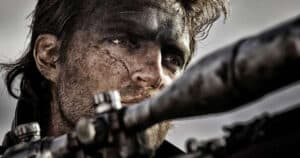
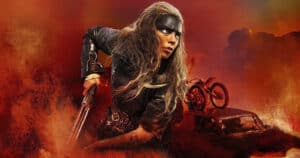
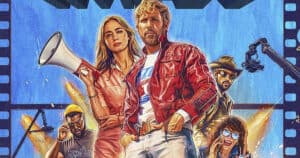
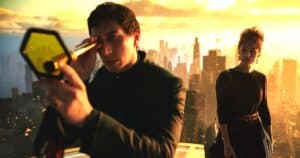
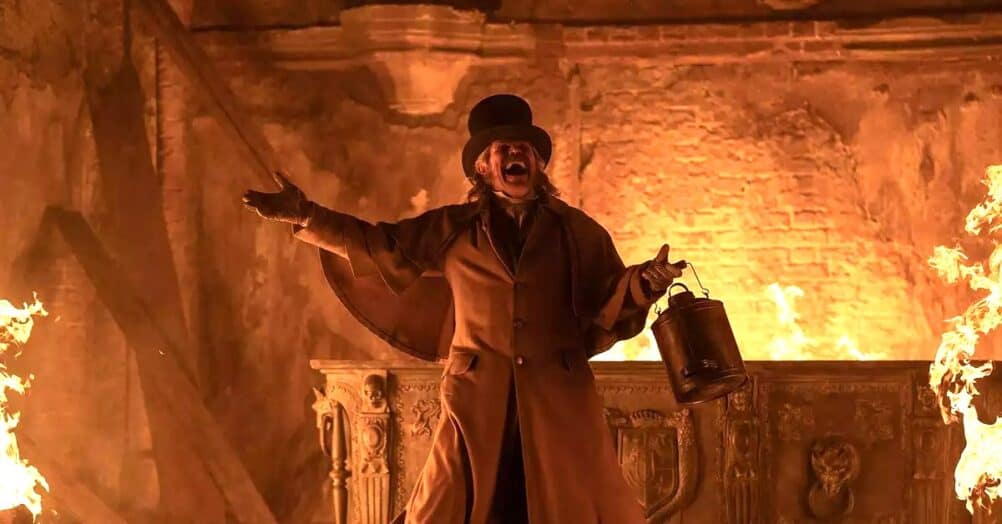
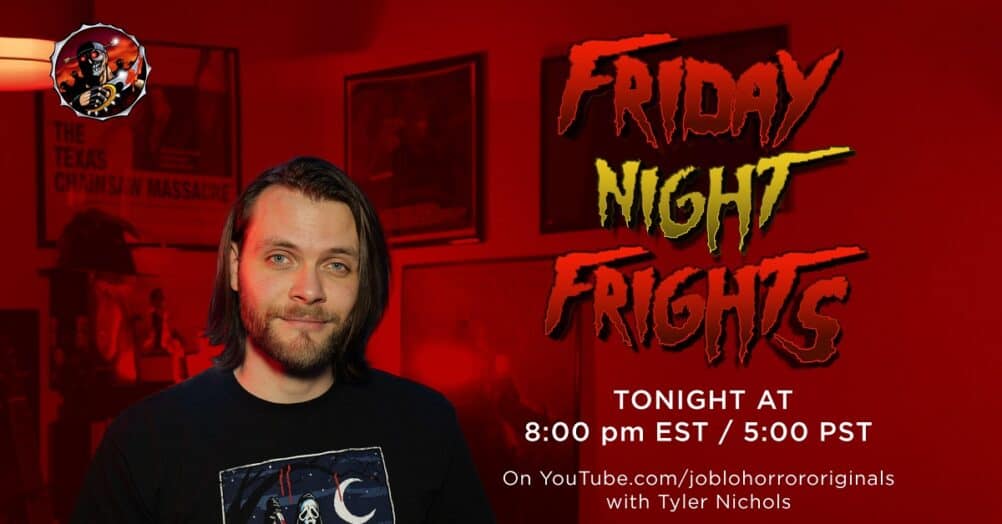
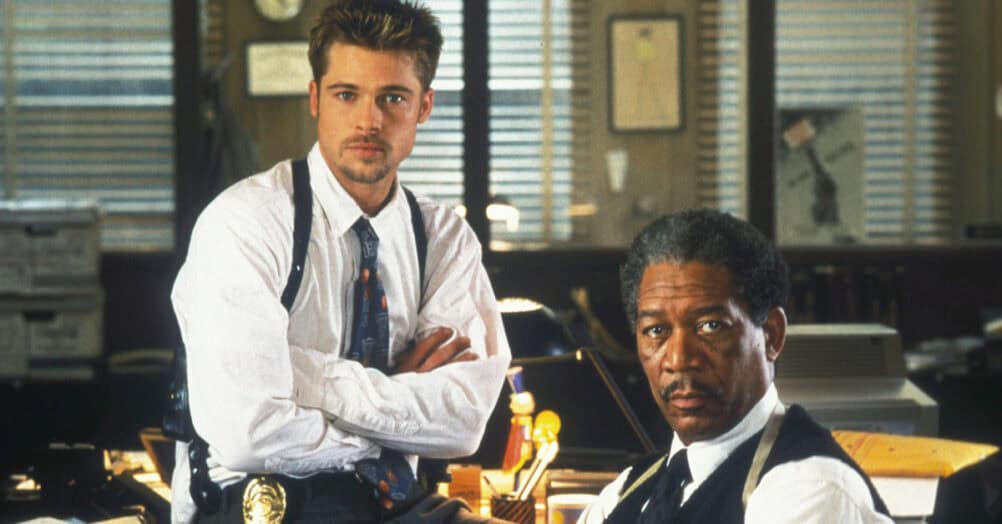
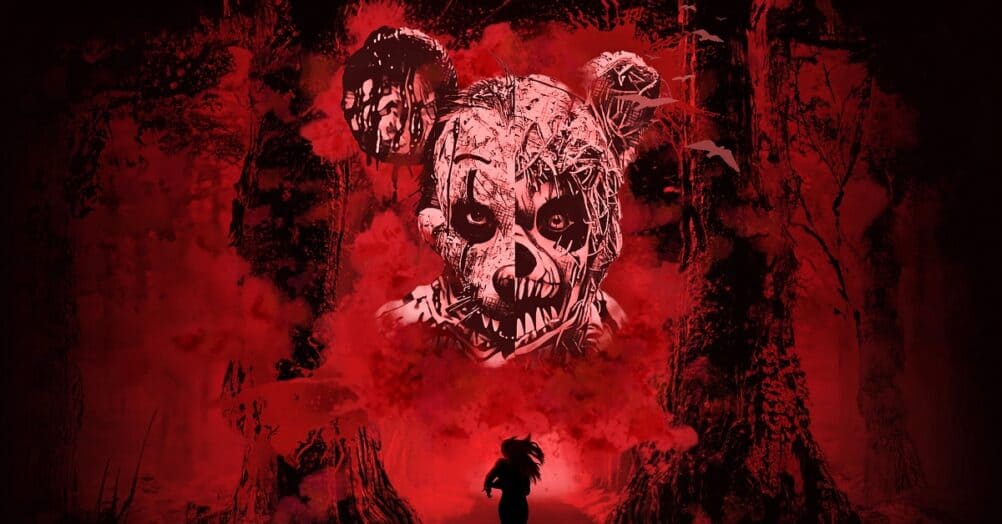
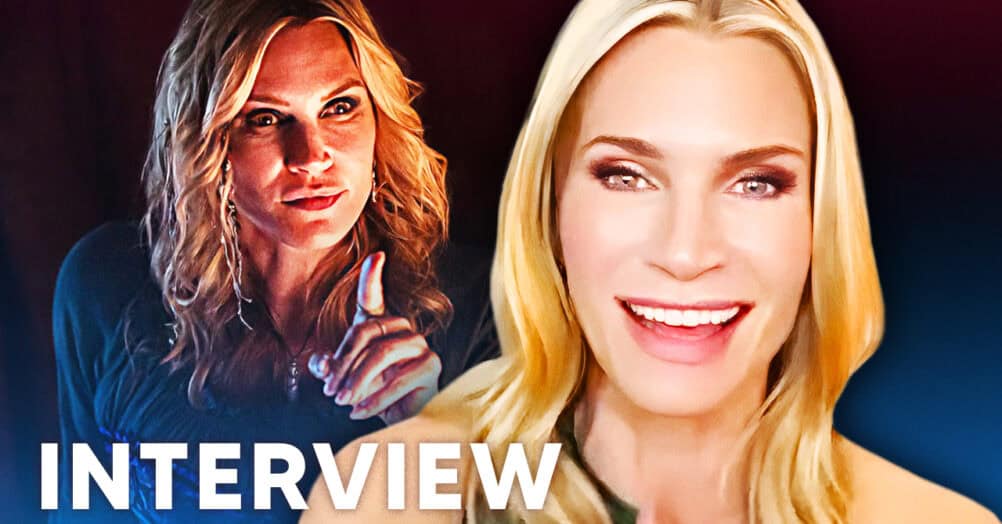
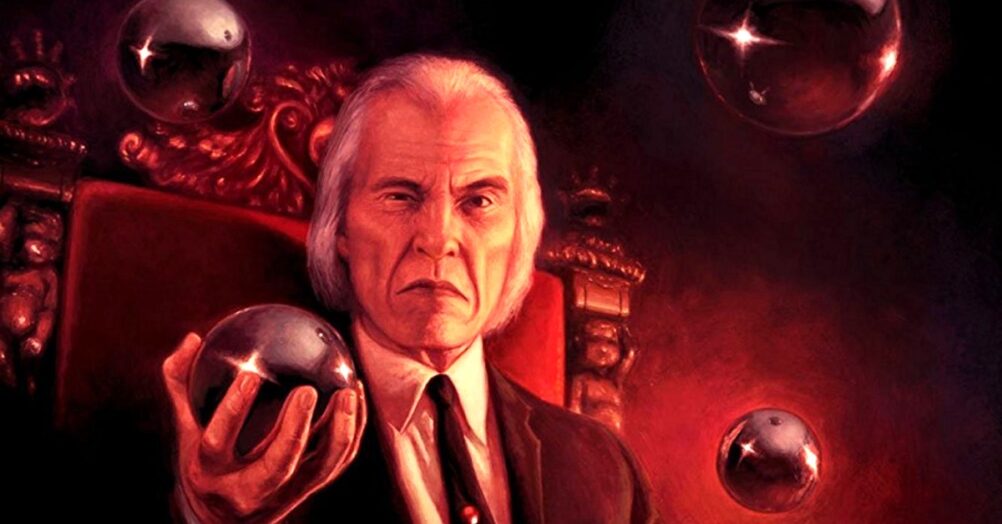
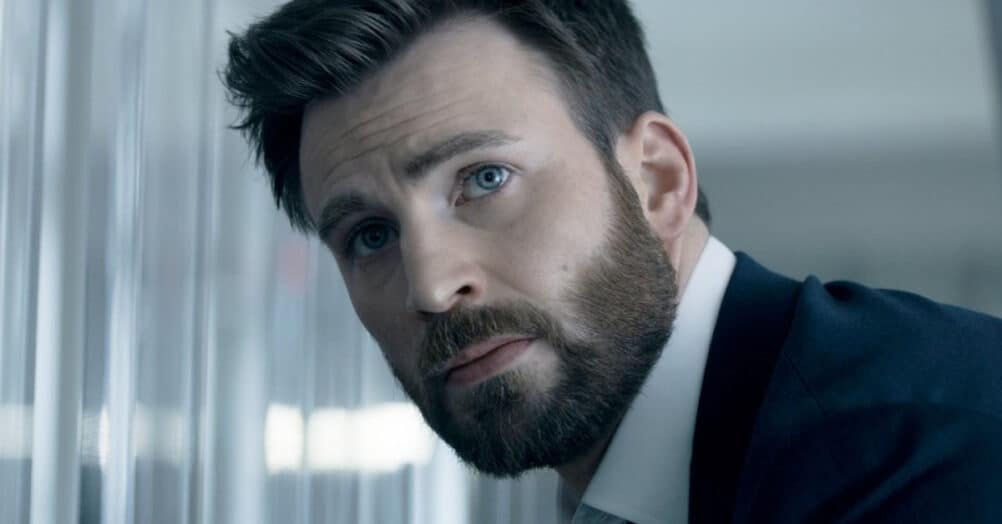
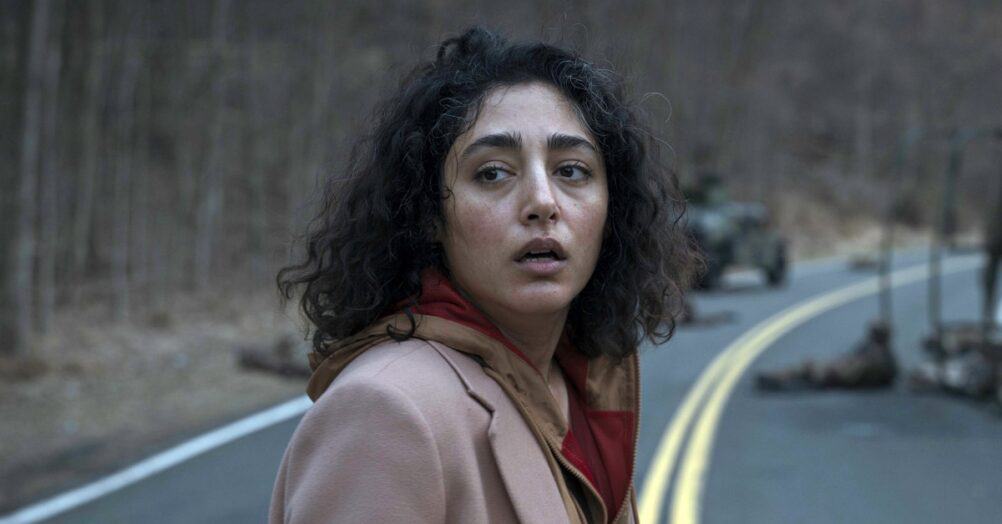
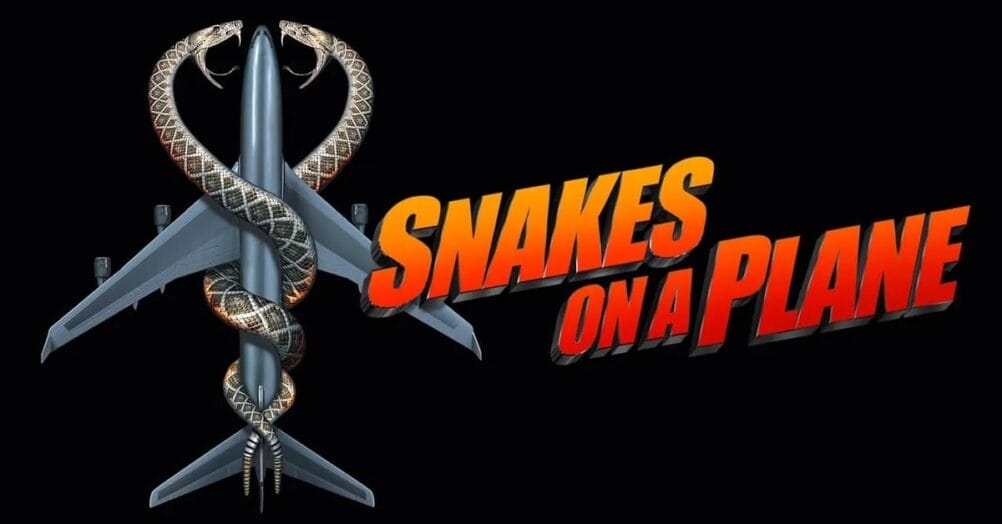
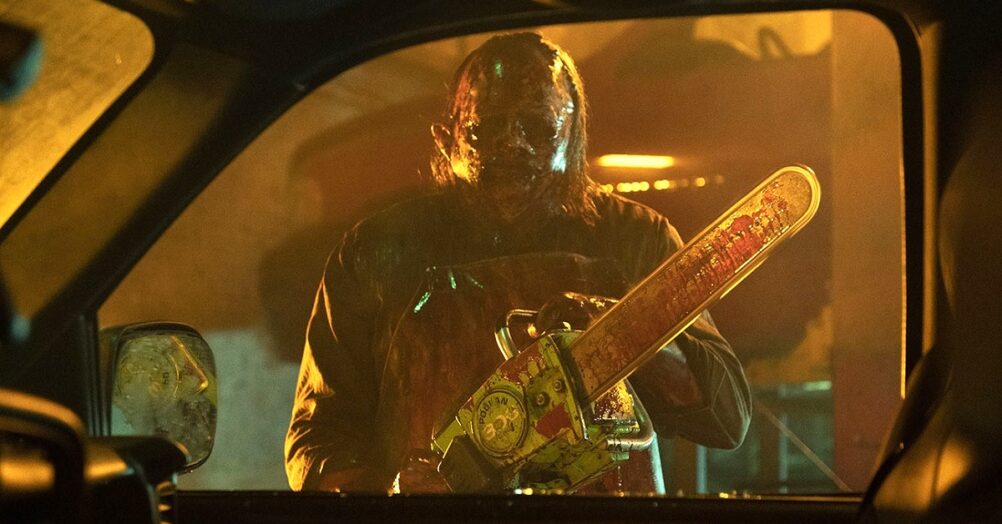
Follow the JOBLO MOVIE NETWORK
Follow us on YOUTUBE
Follow ARROW IN THE HEAD
Follow AITH on YOUTUBE